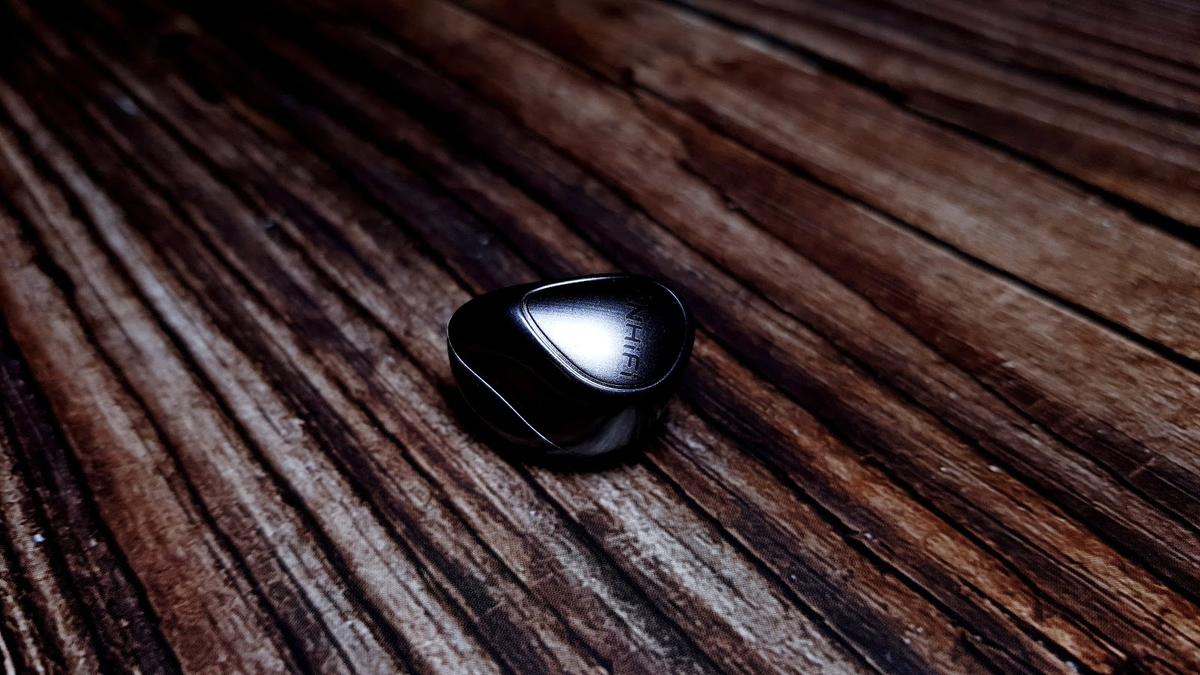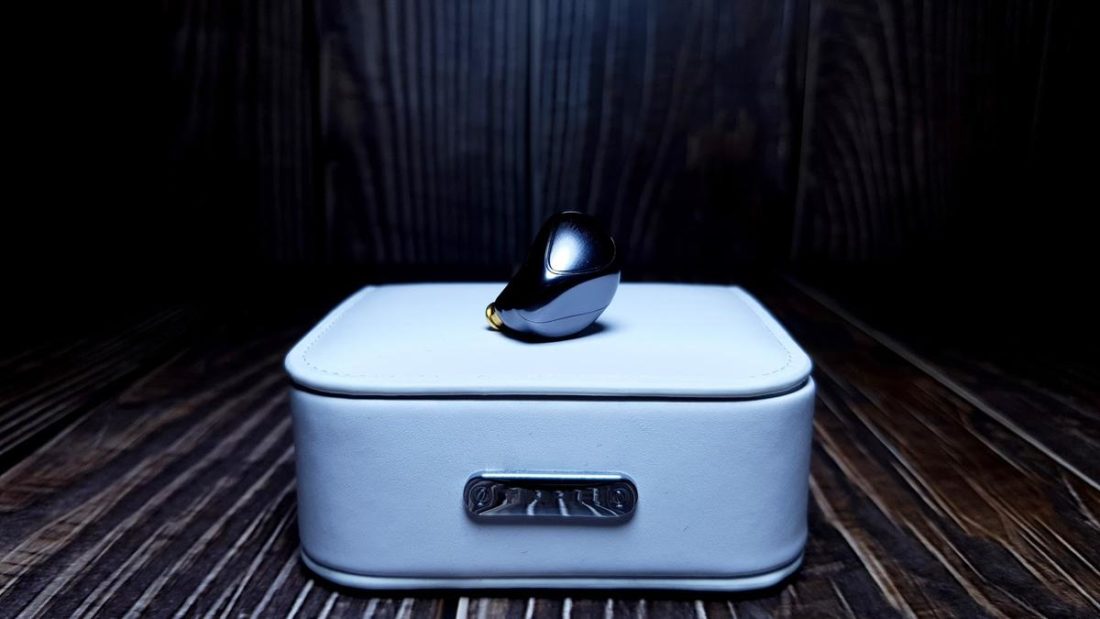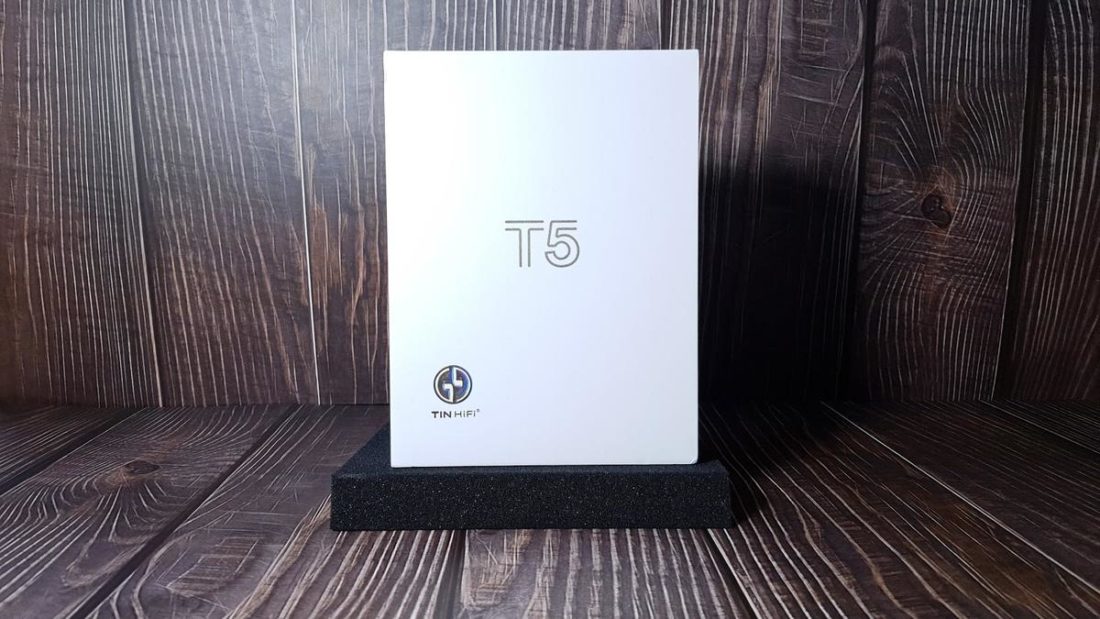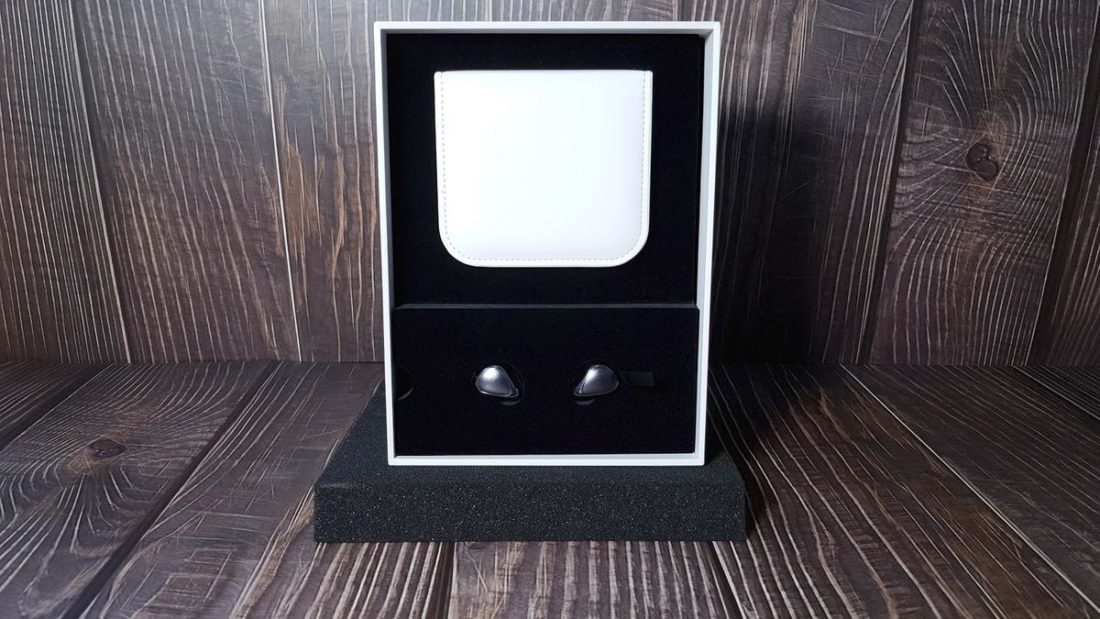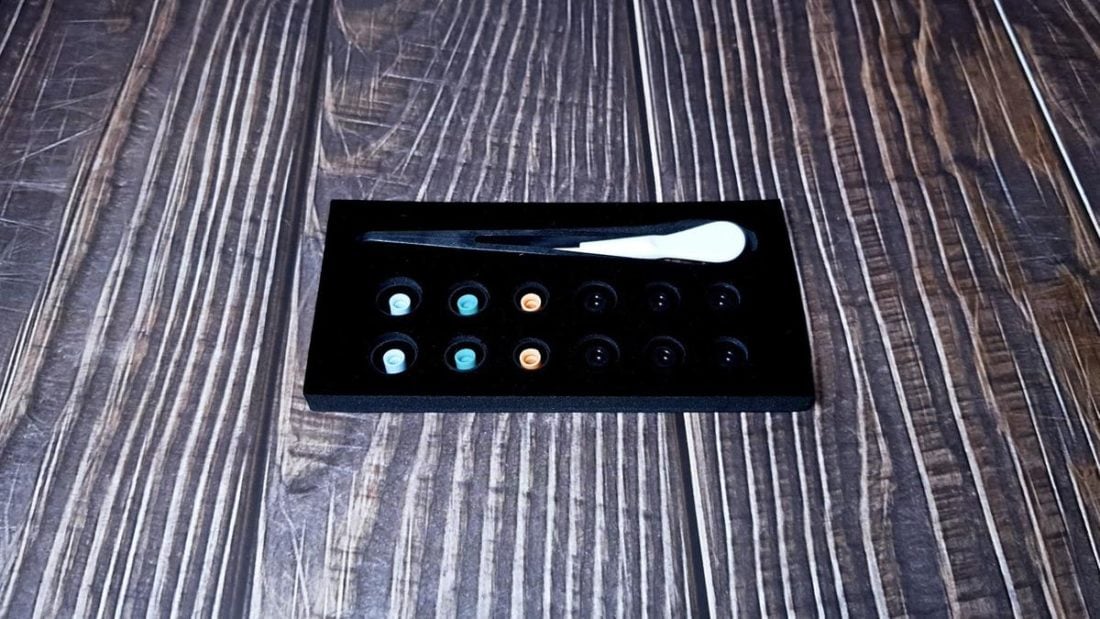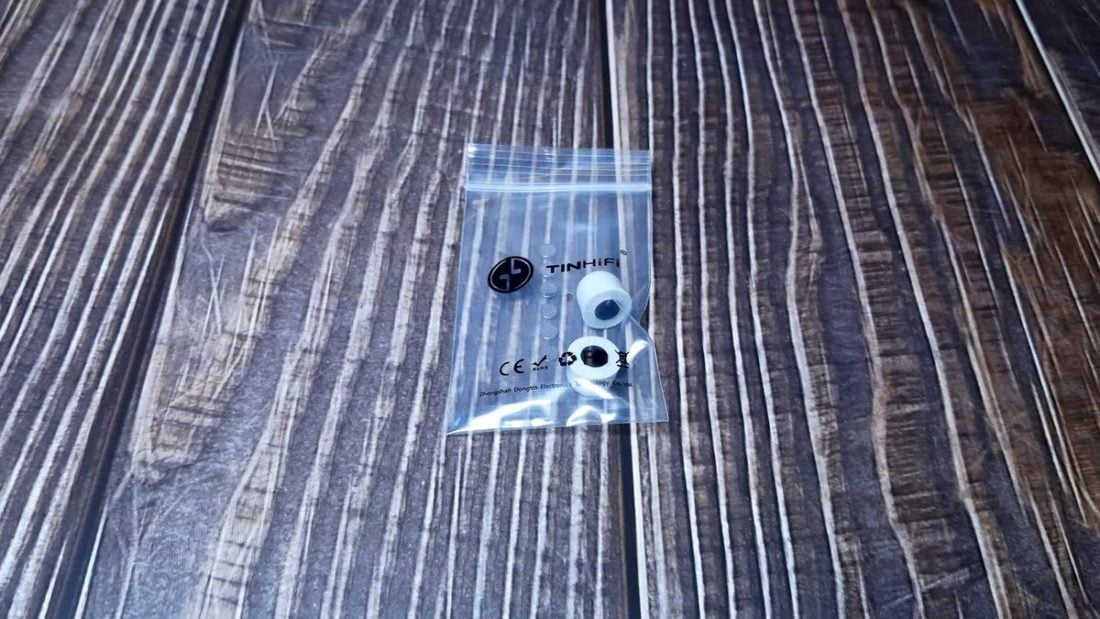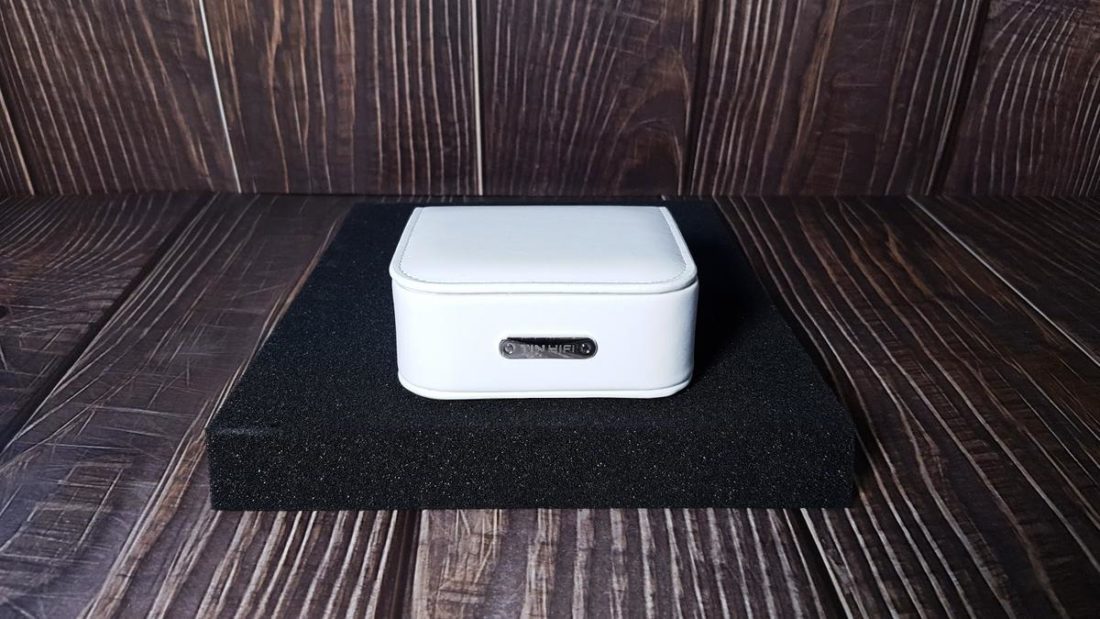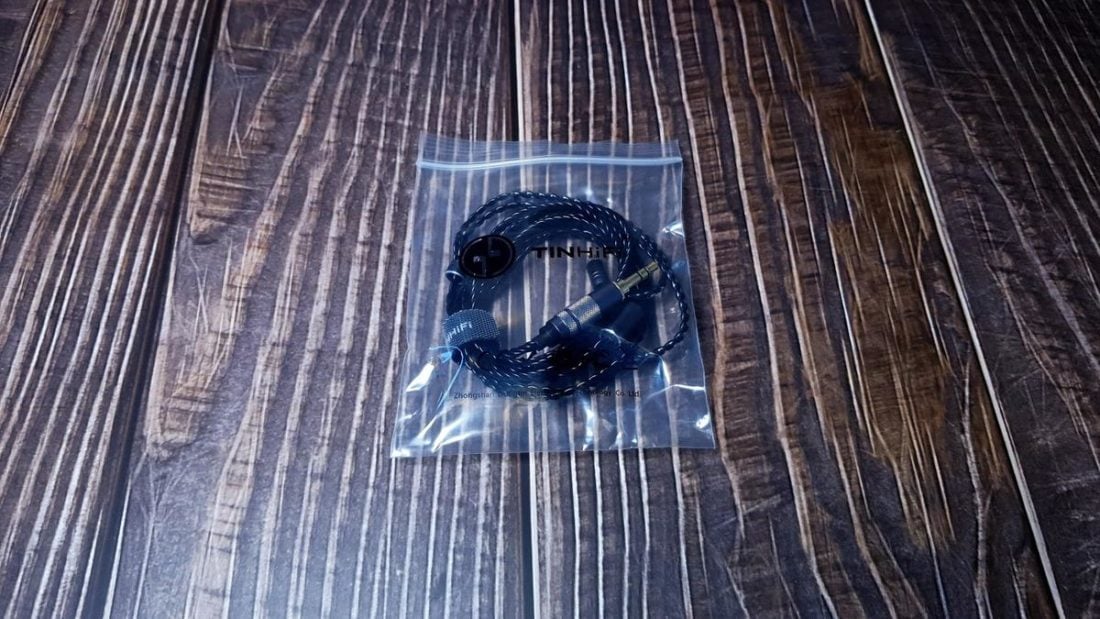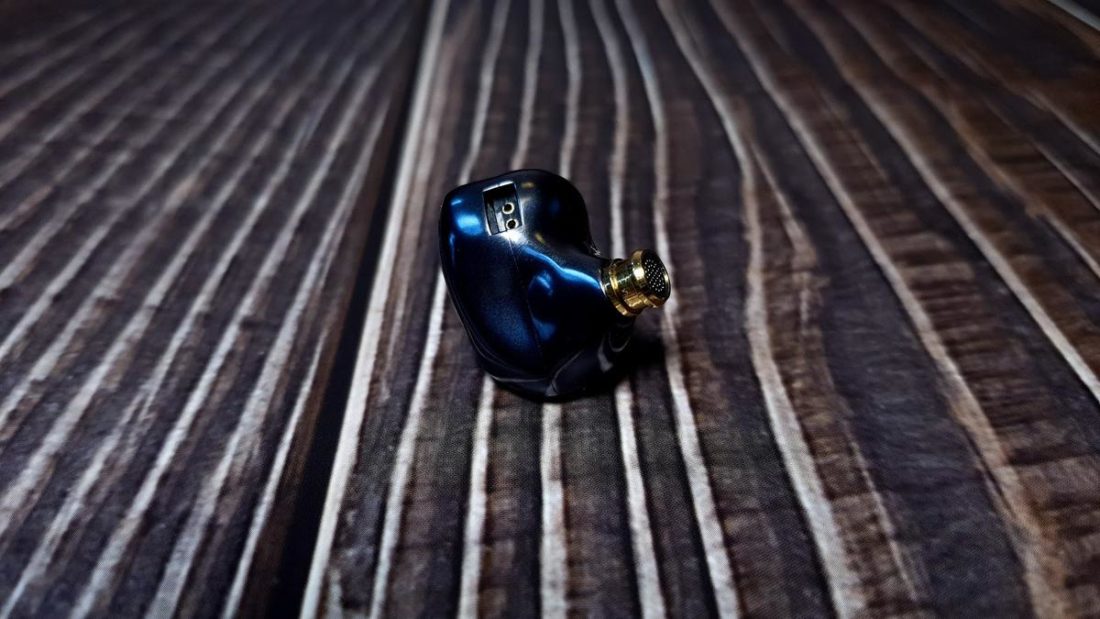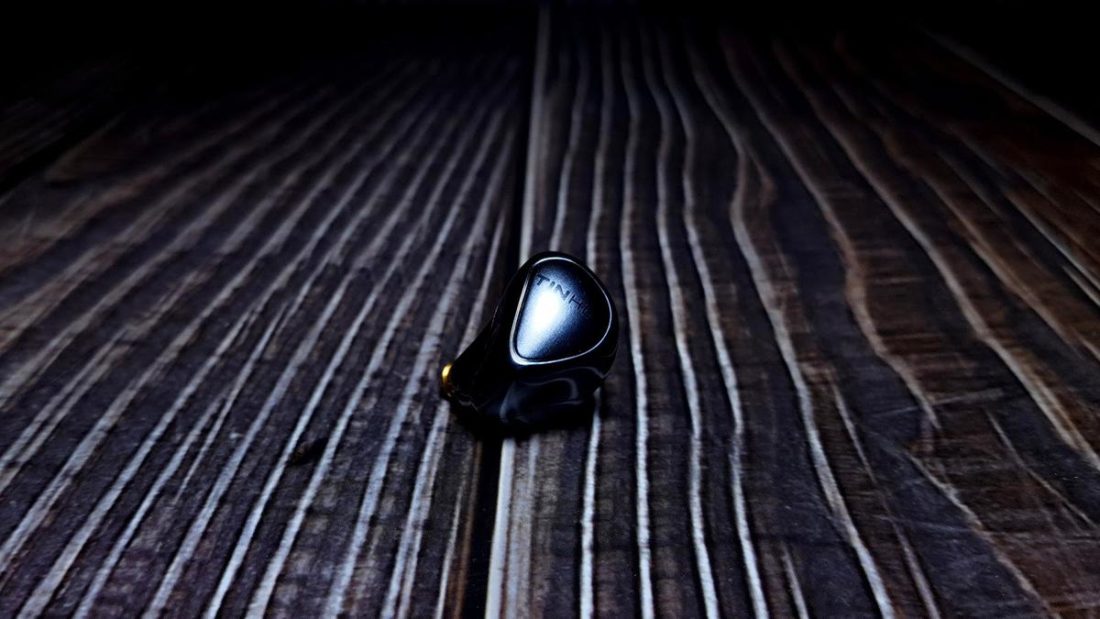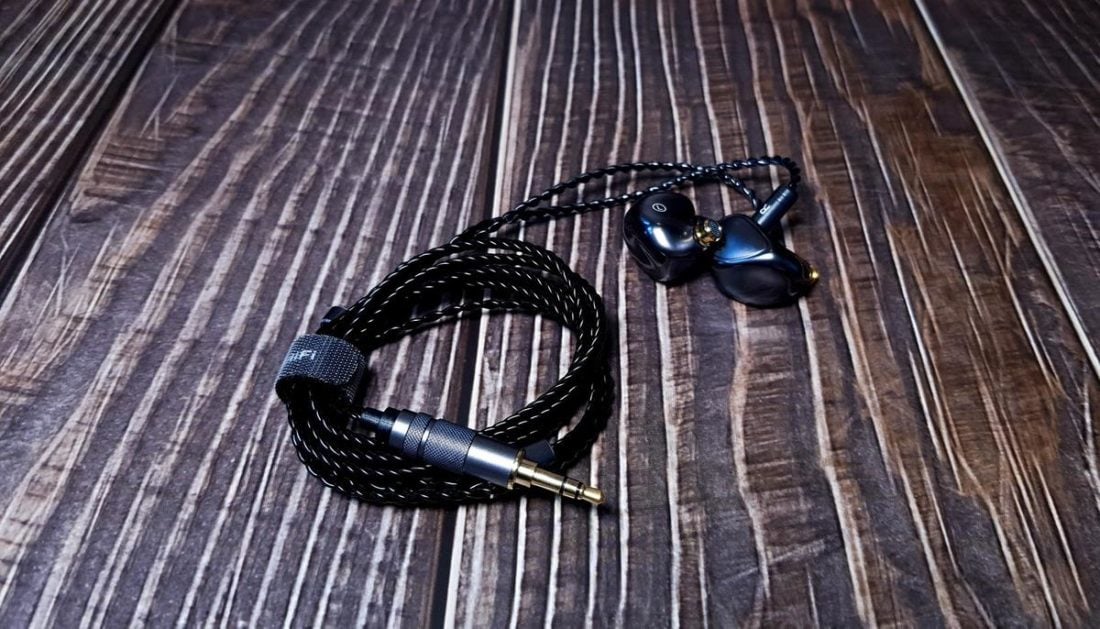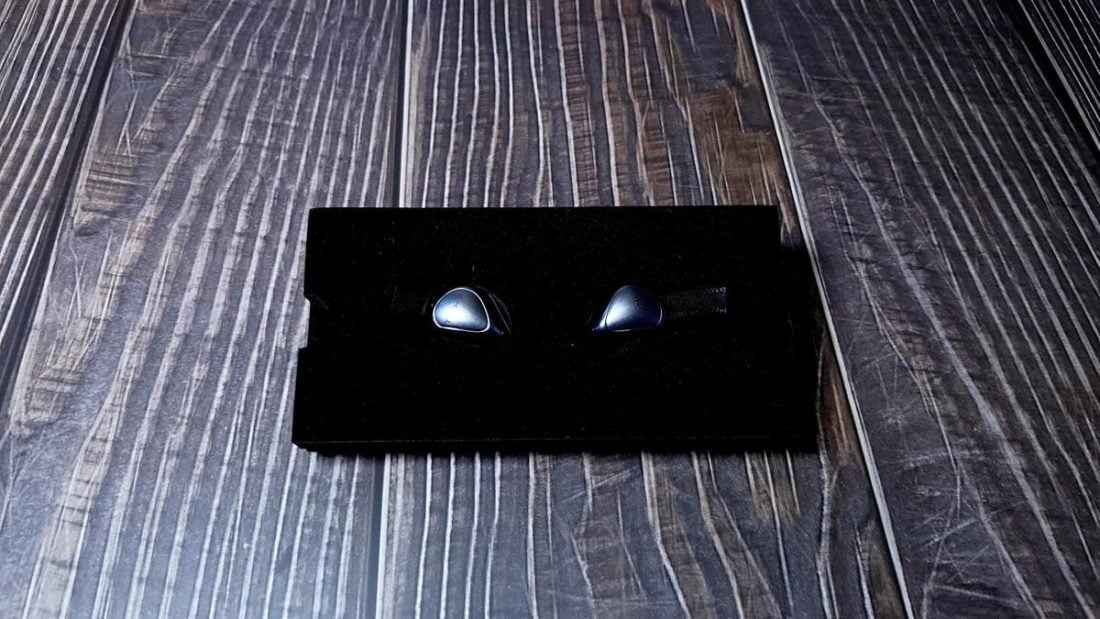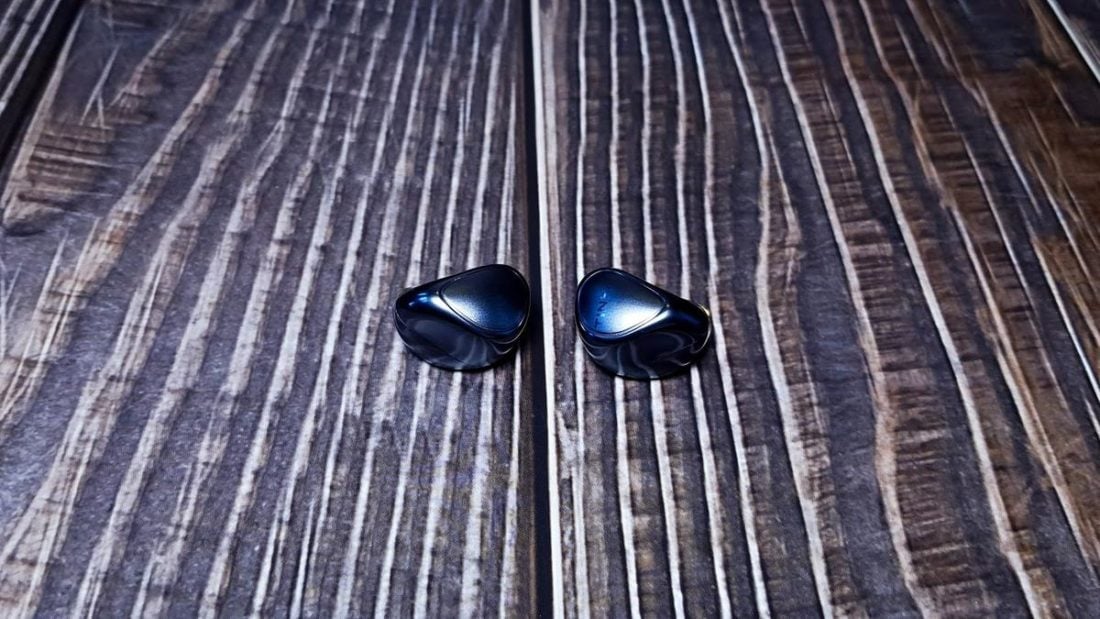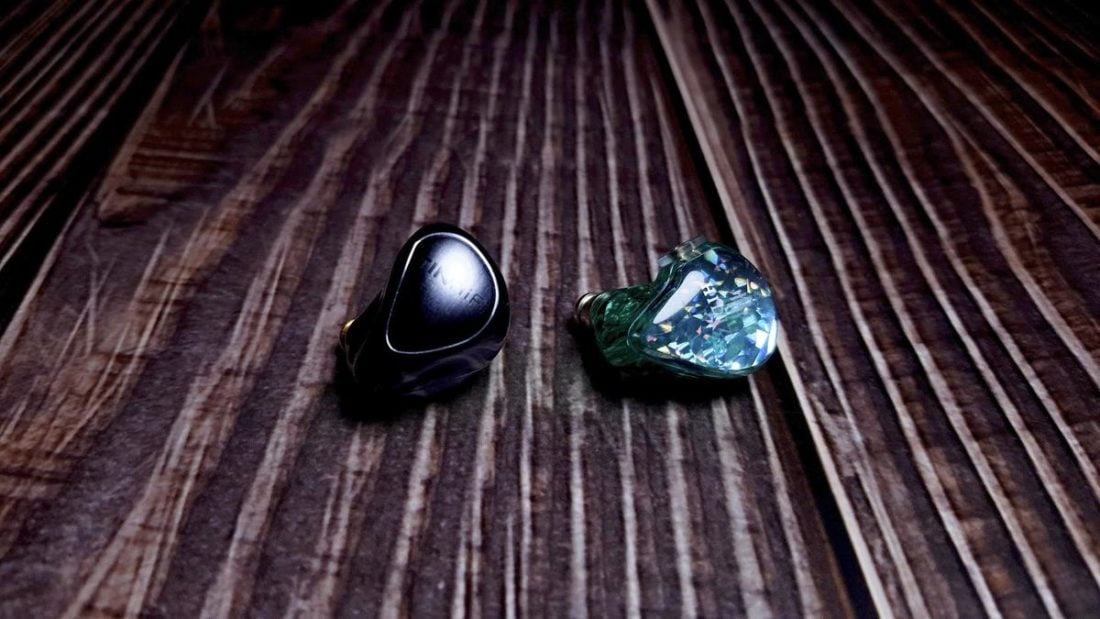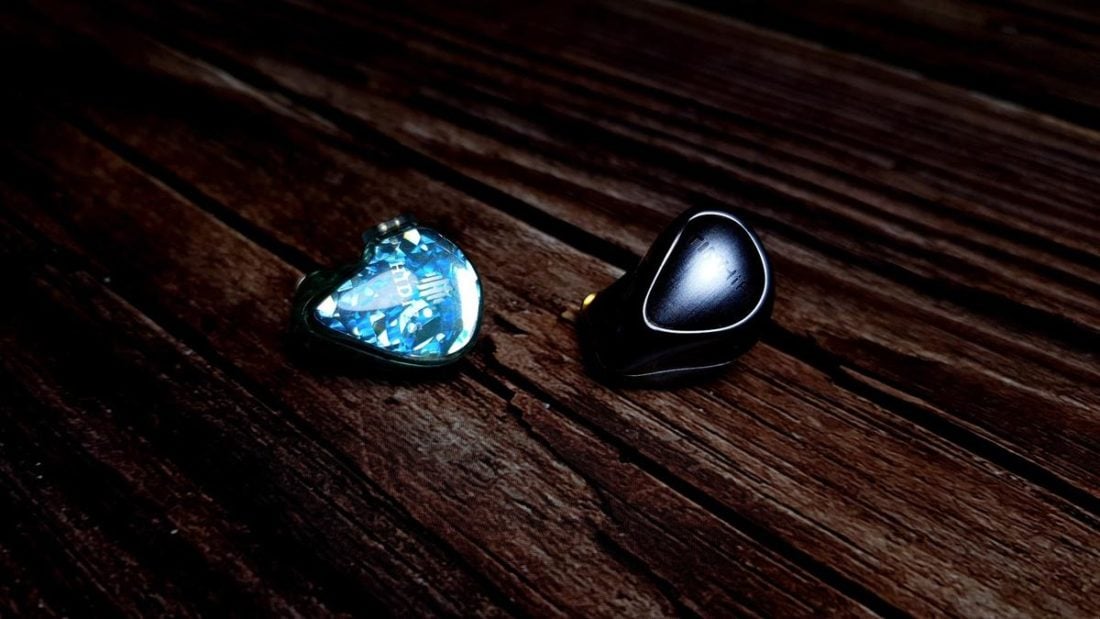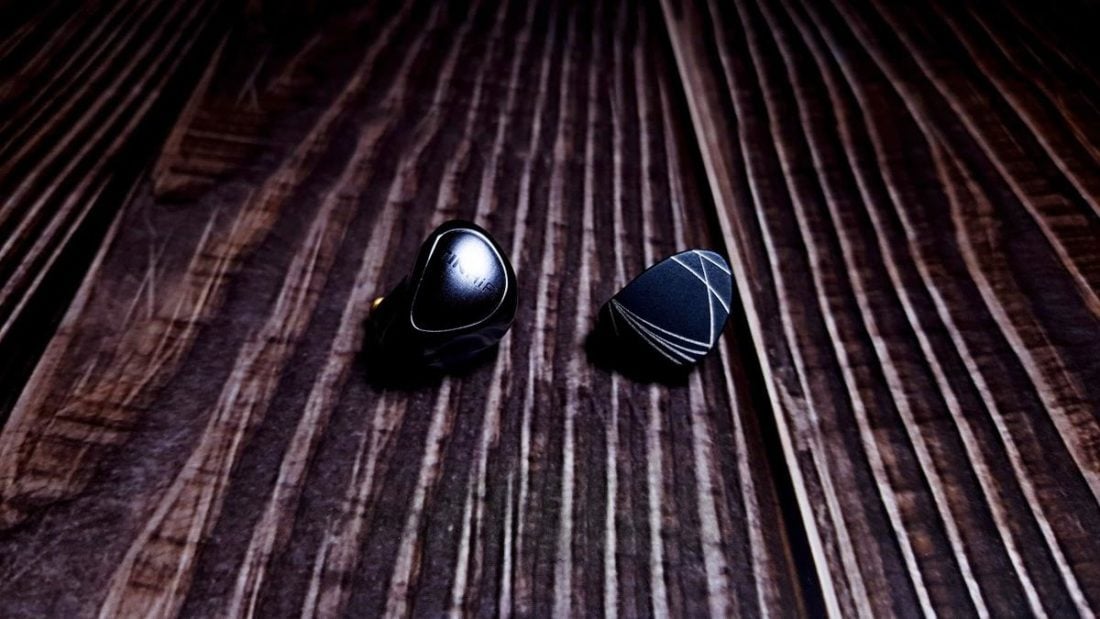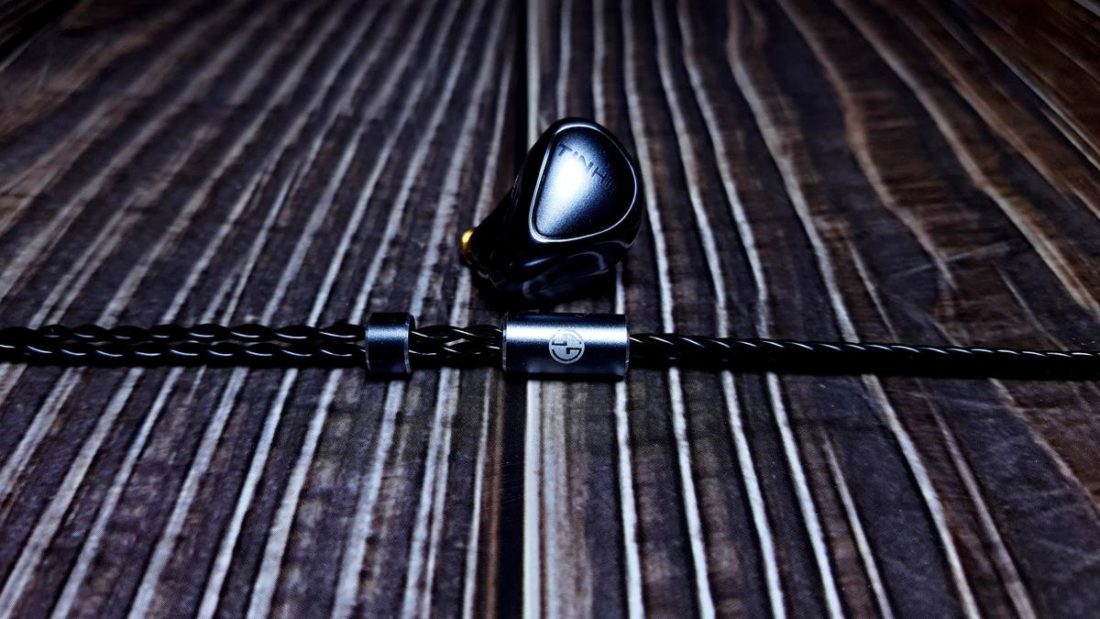The T5 are the latest of the T-series single dynamic driver IEMs from TinHiFi. The T-series have been the benchmarks for “best-bang-for-your-buck” IEMs since the 2017 launch of the T2 (and the T2 Pro for that matter). Since then, every T-series model was loved by many for their value, given their low price and good performance. Following the T2, TinHiFi launched the T2 Plus, T3, T1 Plus, and the T4. Each and every one of them is priced lower than $100, yet they all offer excellent performance, and challenge the concept of “high quality = high price”. Now, with the release of their latest offering, the T5, the price has crept just above $100. Is TinHiFi a bit too ambitious with the pricing of the T5? Let’s find out.
About TinHiFi
Like many of the Chi-Fi headfi companies out there, TinHiFi started out as an OEM/ODM firm. In 2017, they decided to start their own brand and TinHiFi was founded. After their initial success with the T-series, TinHiFi has constantly improved their T-series models and launched new products outside of the series, such as their P-series planar magnetic earphones, the P1 and P2.
Technical Specifications
Drivers: 10mm DOC driver, next generation of carbon drivers Impedance: 48 Ω Sensitivity: 103 dB/mW Frequency response: 10 – 20000 Hz Cables: Oxygen-Free Copper cable with 200D Kevlar, 3.5 mm
Packaging and Accessories
The T5 come in a white paper box. While it may look generic, the paper texture feels phenomenal. Despite unable to show it in a picture, you can feel that TinHiFi actually embedded their logo into the paper. After removing the outer cover, you are greeted with this clean presentation. Carry case on top, two earphones on the bottom. TinHiFi provides a good amount of accessories with the T5. You get 6 pairs of silicone ear tips, a pair of foam tips, 3 spare filters, a cleaning tool, and also plastic long-nose tweezers (to change the filters on the earphones). That is something I have never seen included with IEMs. The carry case provided is beautiful, and it is about the right size for daily usage. However, a slight problem with a white case is that it may get dirty easily, so you will have to take good care of it. Inside the carry case, you will find the cable of the T5. The cable provided is of only fair quality. It is lightweight and won’t cause any inconvenience issues for normal usage. However, it feels cheap and does not look as good as the previous cables provided with the TinHiFi earphones. The cables provided in the TinHiFi P1 and the T3, for instance, feel much better (less plasticky and more substantial) than this cable provided with the T5. I’m not sure why TinHiFi decided to change the nice stock cable for the T5.
Design and Comfort
Fortunately, the thin cable means that it won’t cause any discomfort when wearing. It is not microphonic, as well. Overall, apart from the aesthetic aspect (or if you are a cable believer, which I have to be honest, a part of me does like quality cables), the stock cable for the T5 should work just as fine as any other cables. The T5 have an ergonomic-shaped shell, which allows for a comfortable fit. At first, I was worried that the full-metal shell would make the earpiece of the T5 a bit too heavy. Luckily, they aren’t as heavy as I was expecting, and the well-designed shape distributes the weight evenly so no pressure points will build up when wearing the T5. Due to the single dynamic drivers, the T5 do require vents on the shells to allow each driver to function properly. As a result, even though the fit is very comfortable, the noise isolation is only just slightly above average. It is enough for daily commuting, however, it is no match for the level of isolation provided by the fully balanced armature Hiby Crystal 6 IEMs.
Sound Analysis
Before making any judgement for the review, I burned in the T5 for about 150 hours. If you want to learn more about the burning in process for a pair of earphones or headphones, there is more information right here. This is something that I always do to ensure consistency across all my reviews. The T5 have a quite common V-shaped sound signature. However, it is not quite that simple. Their rather interesting sonic performance left me a bit confused. The problem is, the T5 have an uneven performance throughout the spectrum. There are several strengths of the T5, but there are equally, if not more, fatal flaws here and there that complicate the review. Let’s break it down more clearly.
Bass
The T5 do bass beautifully, but with an almost fatal drawback. The bass is impactful, punchy, and layered without being overpowering or muddy. It is quite common to see budget IEMs try to achieve good bass tonality and break that balance. They may either have too much bass presence which covers up the rest of the frequencies, or they may sound clinical and dry. The T5, on the other hand, avoid both of these issues. The sub-bass extension is great. TinHiFi claims the frequency starts from 10 Hz, and I can confirm that the T5 clearly extends below my hearing ability at 19 Hz. The resolution down low is also decent. Nothing class-leading but you can mostly identify the layers and direction of the bass. They are slightly boosted, making the bass more engaging. In my favorite bass testing song, the last 5 minutes of the 1812 Overture by Telarc, the cannons always put up a challenge for the driver’s capability of dynamic range and sub-bass layering. Considering the price of the T5, they pass this test with flying colors. They are able to sound clean during the firing of the cannons and can show the depth and the layers of the bass. The mid-bass has more quantity than what I would consider neutral. This provides some warmth to the music which sounds pleasing and enjoyable. The mid-bass punches are natural with good body and weight. However, here comes the major drawback in the bass. While the mid-bass punches are impactful and fun-sounding, they are always present, regardless of the music. This means that even if the music is meant to be bass-light, the T5 introduce excessive mid-bass into the sound. To some, this may actually be a good thing. However, to me, this is an example of an uncontrolled mid-bass performance and is unacceptable in this price range.
Midrange
While the transition from bass to midrange is very coherent, as expected from a single-driver setup, there are some flaws here and there throughout the midrange. Being a pair of V-shaped earphones, the midrange is a bit recessed and is placed behind the treble and the bass. That in itself is not a problem at all, as I have seen good earphones with such tuning. The tuning of the midrange on the T5 is pretty enjoyable. The warmth from the bass reaches into the lower mids so vocals sound quite powerful. The actual flaw here is that the midrange lacks transparency and resolution. The T5 are not able to provide a load of information in the vocals and musical instruments. Together with the midrange being placed a few steps back, I am often left wanting for more. Their lack of details and resolution becomes a bigger problem when you start looking into other options in the market. Even compared to some competitors from a lower price range, the T5 still fall behind in terms of resolution and clarity. This is a huge disappointment.
Treble
The treble, again, has both positives and negatives. Let’s start with the good news. Despite being a pair of V-shaped earphones, the entire treble region is smooth and relaxed. They are very comfortable to listen to even for long periods as they are non-fatiguing and non-aggressive. Also, the T5 provide a good transition from upper midrange to lower treble. It feels natural and coherent. Furthermore, to add to the greatness up top, the T5 do show great extension to the uppermost part of the treble region. However, there are also several potential deal-breakers in the treble of the T5. First of all, the non-aggressive treble is often too relaxed. Wait, you may ask, didn’t you just say that is a good thing? Well, it is good to stay away from being sibilant and shouty. However, the treble on the T5 often lacks energy. Even for a non-treble head like me, I wish there was more treble resolution up top at times. Secondly, the lower treble is thinned out a little bit. It is not to a significant degree, but occasionally the slightly thin treble makes instruments such as the crash cymbals and the highest notes of electric guitar and violins sound unnatural and artificial.
Technicalities and sensitivity
Having a sensitivity level of 103 dB/mW and impedance of 48 Ω, I expected the T5 to be quite hard to drive and require at least a decent source to let them shine. Rather surprisingly, the T5 turn out to be pretty efficient. They aren’t a hissing detector, but they are efficient enough to be driven by pretty much anything. The technicalities are a mix of both good and bad, just like the rest of the aspects of these earphones. As I mentioned, they do not have the best resolution, especially in the midrange and the treble regions. Because of that, the imaging of the T5 is just average. The soundstage does have decent depth, but the width and the height are rather limited.
Comparison
I would have liked to compare the T5 against other products that are slightly above their price point. But after this rather disappointing and underwhelming experience, putting them against something priced less will serve as a better comparison. So, I will be comparing the T5 to two of the best performers at the price just below $100, the Hidizs MS2 and the Moondrop Aria.
TinHiFi T5 vs Hidizs MS2
Unlike the T5, the MS2 do not have a single dynamic driver setup. Instead, they have not only a dynamic driver, but also an additional balanced armature for midrange and treble performance. However, both of them have a similar, v-shaped tuning sound signature. The T5 have a better bass extension than the MS2. They also have more resolution and layering deep down. On the other hand, the MS2 show better mid-bass control. They both have an impactful bass punch, but the MS2 do not sound bassy when the music isn’t supposed to be bassy, whereas the T5 do, at times. The midrange on the MS2 is slightly more intimate than with the T5. They have better vocal transparency and resolution. They are not as warm or thick as the midrange on the T5, which will make the T5 more enjoyable for some. On the other hand, better resolution from a pair of earphones, almost half the price of the T5, is disappointing. Up top, both of them show good treble extension. The MS2 sound a bit incoherent compared to the single driver in the T5, but in turn they have better resolution and sparkle up top. This makes the MS2 more engaging without being overly aggressive. Overall, I believe the MS2 present a better value than the T5.
TinHiFi T5 vs Moondrop Aria
Like the T5, the Aria have a single dynamic driver setup. Furthermore, they have several similarities in their sonic performance. First off, both of them show a warm, rich bass response. Both of them have a good bass extension, with the T5 edging ahead by a very small margin. The Aria are a bit warmer and sound more organic. The Aria, however, have less mid-bass presence compared to the T5. The Aria are again warmer in the midrange performance. They are a little bit thicker sounding than the T5 and are more emotional. Even so, the Aria have slightly better resolution in the midrange. That is quite surprising to me, considering that the Aria are close to half the price of the T5. The T5 have a better treble extension than the Aria. Both of them have non-fatiguing treble, which some may find lacking a bit of sparkle and detail resolution. They have similar amounts of detail up top, and while I can accept that in the Aria (considering their price), I am, again, disappointed in the T5.
Where to Buy
You can buy the Fiio FH5s from:
Verdict
The T5 are by no means a pair of bad earphones. They do not have any fatal flaws. Unfortunately, they do show quite a lot of minor flaws throughout the whole sonic spectrum. Together with the rather ambitious (more expensive) pricing from TinHiFi, the T5 are sadly uncompetitive against their competition. Honestly, given the great reputation of TinHiFi, I was expecting a lot. I was disappointed after hearing the T5, not because they are terrible, but because they fail to continue the legacy of the T-series’ amazing value. I am sure that, based on their great reputation and past performance, TinHiFi’s next product will definitely improve on the T5.
